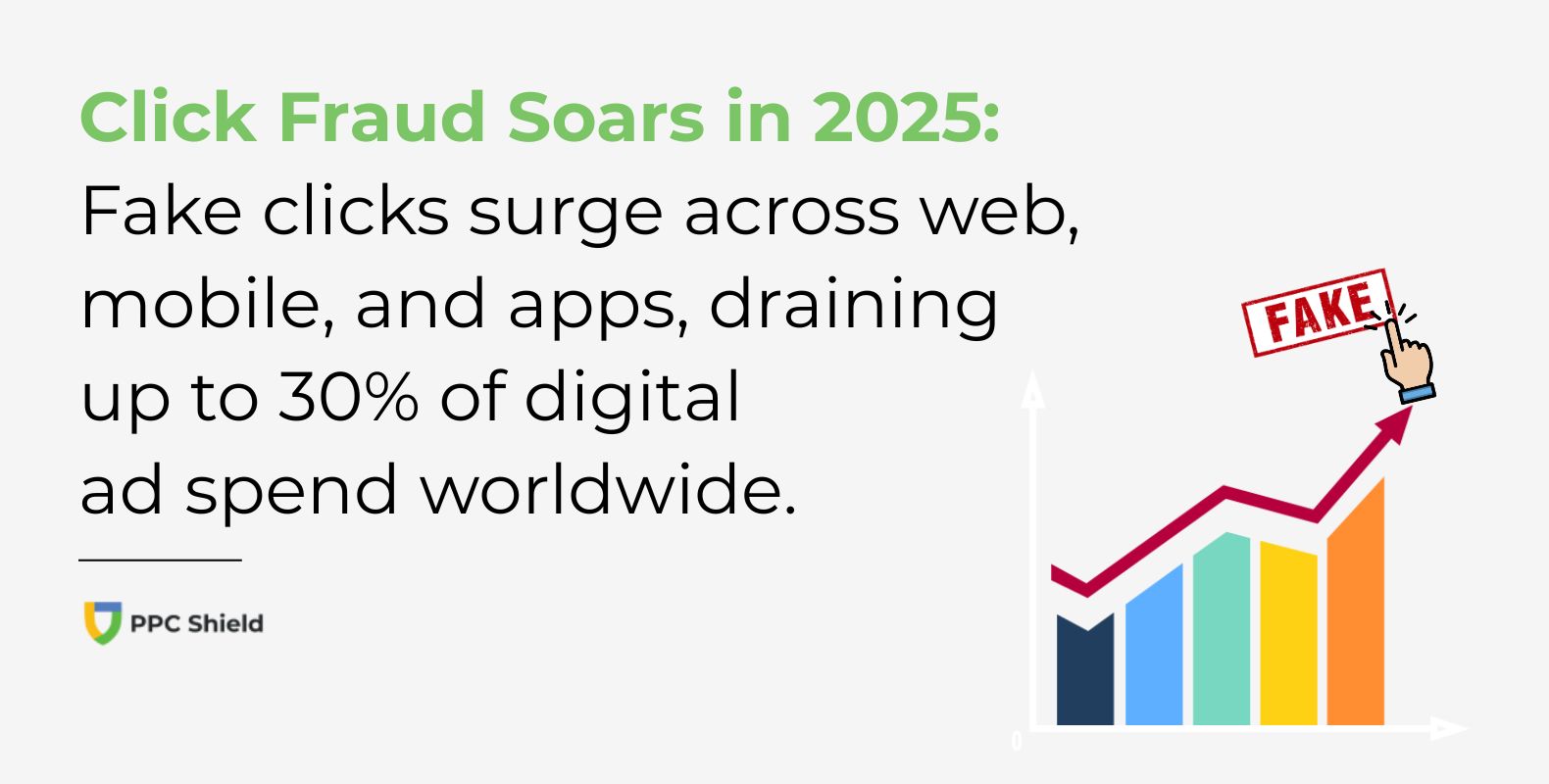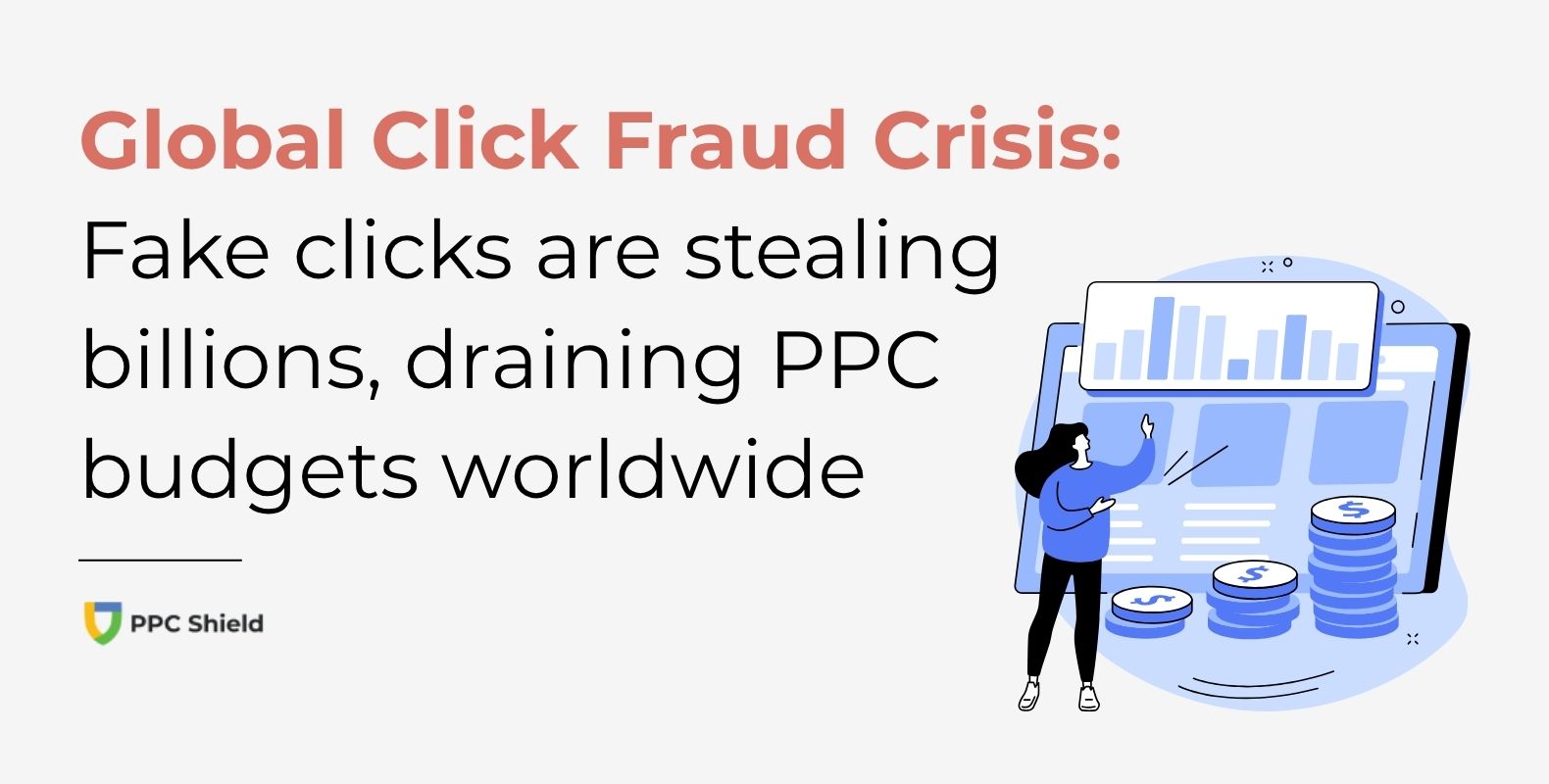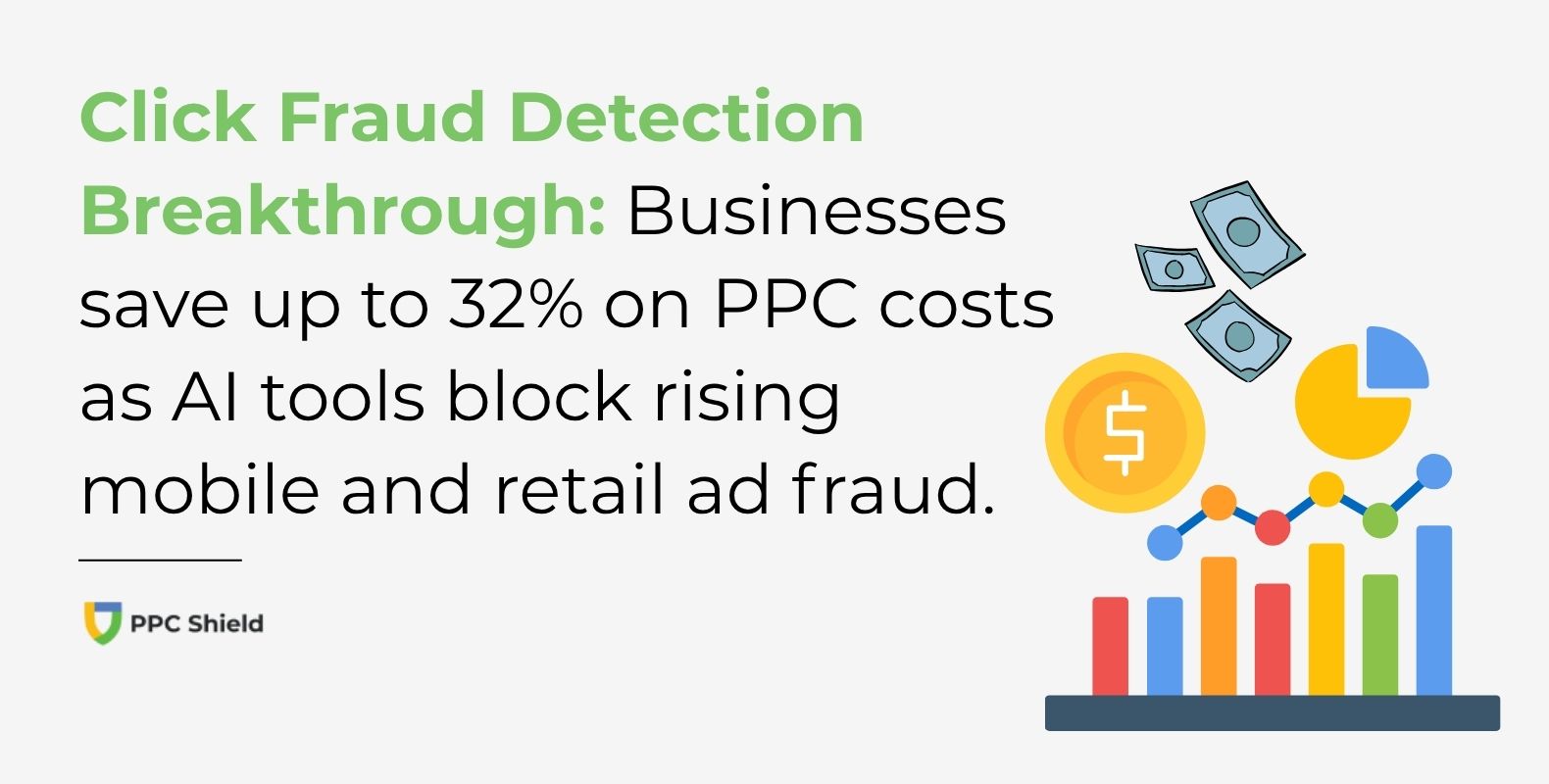Click Fraud in LATAM: Q2 2025 Trends Reveal Escalating Threat to Advertisers
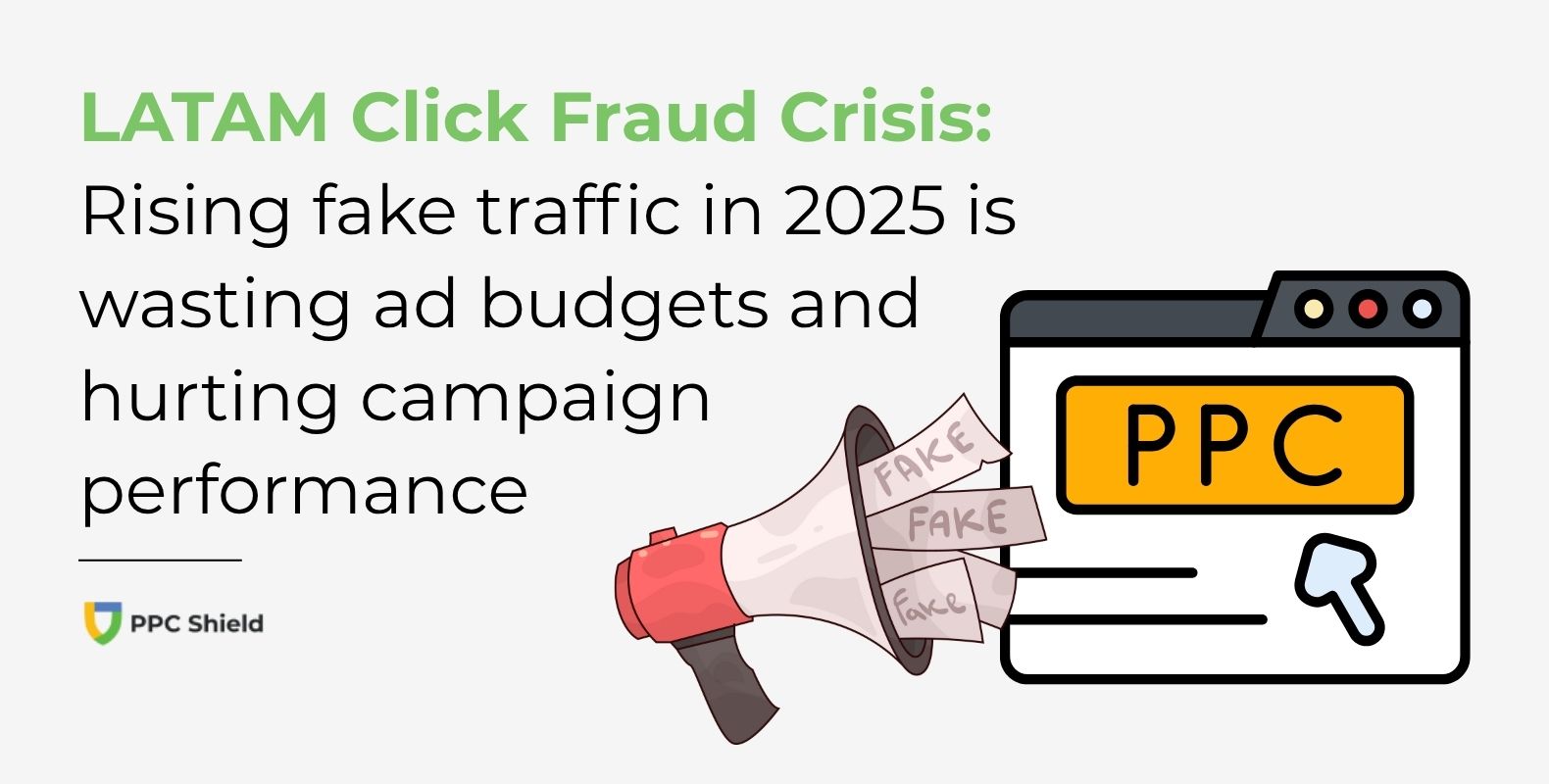
Latin America (LATAM) continues to be a lucrative and rapidly expanding digital advertising market. However, the second quarter of 2025 revealed a disturbing trend: click fraud across LATAM has reached critical levels, threatening the effectiveness of advertising campaigns across desktop, mobile web, and mobile apps.
As advertisers in the region double down on performance-based marketing, particularly click-through-driven campaigns, the volume and complexity of fraudulent traffic continue to rise—wasting budgets, distorting metrics, and undermining ROI.
Desktop Clicks: Nearly a Third Are Invalid
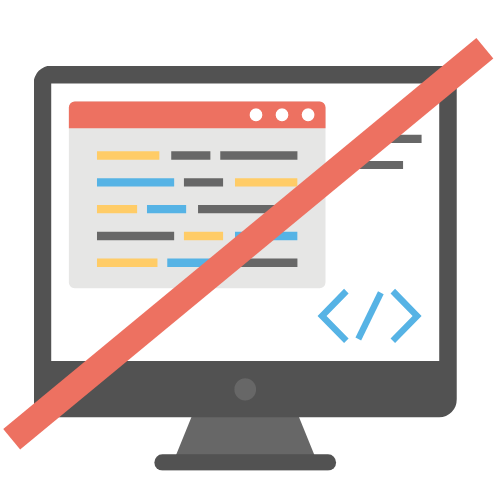
One of the most alarming findings was that 31% of all desktop web clicks in LATAM were deemed invalid during Q2 2025. This means that nearly one out of every three clicks cannot be trusted as genuine.

Even more concerning is that 44% of this invalid traffic came from Click Farm activity—a sophisticated type of fraud where real or simulated users are paid to generate fake engagements. Click farms are notoriously difficult to detect, often using diverse IP addresses and devices to appear legitimate.
For advertisers running high-volume desktop campaigns, this level of fraudulent traffic represents a serious financial risk, especially when billing is tied directly to click volume.
Mobile Web: Mexico and Certain Ad Sizes Are Vulnerable
While desktop fraud dominated headlines, mobile web traffic also suffered substantial click fraud in Q2.
Across LATAM, 20% of all mobile web clicks were identified as invalid. But the problem worsens when we drill down into specific markets and formats.
In Mexico, 37% of mobile web clicks were flagged as invalid, significantly higher than the regional average. This suggests either lax ad inventory controls or increased targeting by fraudsters.
Further breakdowns reveal that 43% of mobile web clicks on the 1280×720 ad unit size were invalid. This format, typically used for high-visibility mobile placements like full-screen video or display units, seems to be heavily exploited—possibly due to its higher cost-per-click and larger visual footprint.
Mobile Apps: Highest Fraud Rate in the Region
Mobile apps were the most affected platform in LATAM, with 29% of all app-based clicks flagged as invalid.
Given the popularity of mobile gaming, social media, and utility apps in the region, this level of invalid traffic suggests a major vulnerability for app-based advertising. Fraudsters often exploit popular app categories using bots, emulators, or hijacked devices to mimic genuine interactions.
This isn’t just a problem of inflated numbers—it means real campaigns are paying for fake users, making optimization and reporting unreliable.
Understanding the Tactics: How the Fraud Works
The report identifies several click fraud mechanisms currently operating in LATAM:
Click Farms
Human or bot-driven setups generating large volumes of fake clicks, often with unique IPs to bypass detection.
Fast Clickers
Bots that click less than one second after an impression—far too quickly for genuine engagement.
Display and Video Click Fraud
Inflated clicks from the same browser or device across different creatives or formats.
High CTR Traffic
Traffic with abnormally high click-through rates indicative of manipulation.
Duplicate Clicks
High-frequency clicks using the same identifiers.
These techniques have evolved to avoid basic detection tools and often require advanced AI or behavioral analysis to identify in real-time.
What Advertisers Should Do Now
Given the scale and diversity of fraud in LATAM, advertisers must adopt a proactive and multilayered strategy to protect their campaigns:
Use strict whitelist/blacklist policies for publishers and apps.
Sudden spikes in CTR or conversions from unknown placements should raise flags.
Tools like PPCshield.io offer automated detection and blocking of suspicious clicks, allowing businesses to safeguard their budget and data.
Consider avoiding or closely monitoring ad units like 1280×720 on mobile and low-moderation apps.
Markets like Mexico may require stricter controls due to disproportionately high fraud rates.
Final Thoughts
With up to 44% of desktop click fraud linked to click farms, and 43% of mobile ad sizes exploited, the Latin American advertising landscape faces a serious threat. Marketers can no longer afford to assume that all engagement is real—click fraud is now an endemic problem across all platforms.
The only way forward is through rigorous prevention, smarter analytics, and real-time protection. Otherwise, budgets will continue to be wasted on non-human traffic, and campaign outcomes will be skewed beyond repair.



